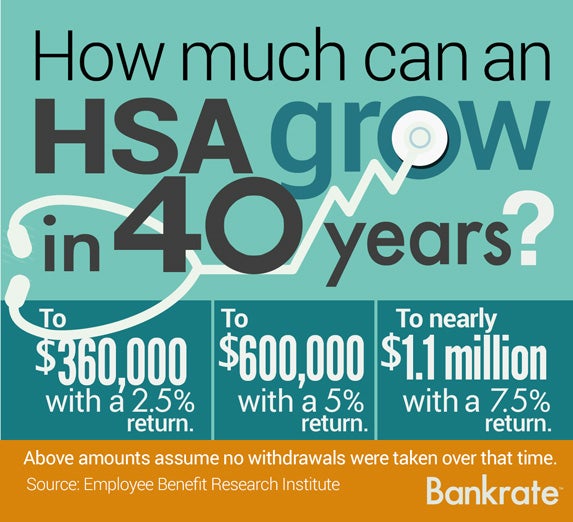He solved the problem of health insurance.
For everybody.
Evidently it will SOLVE all the health insurance issues of the unemployed, self-employed, homeless... even undocumented immigrants!New York City Mayor Bill de Blasio (D) announced Tuesday (1/8/2019) that the city will begin guaranteeing health care to residents, regardless of their immigration status or their ability to pay.
- Plan would spend $100 million subsidizing individual insurance
- Could reach 600,000 people, including undocumented immigrants
NYC to fund healthcare for all including undocumented
The program is intended to reach an estimated 600,000 city residents currently without health insurance. Half of that group can’t get health insurance because of their immigration status, de Blasio said.
Now here is the quick math.
$100,000,000 divided by 600,000 = $167 per person per year. That's less than $14/month!For some perspective...
At Covered California, unsubsidized premiums tend to run SEVERAL hundred dollars per month per person. BTW, that is being generous to the program. I ahve seen a family of four whos premium is more than $1,800 a month.In New York (according to NBC News):
An individual in Brooklyn, NY, for 2019 could buy a platinum plan for $847.95 a month for a plan with no deductible and out of pocket costs capped at $2,000 for the year, or they could choose a $420.55 a month bronze plan with a $4,000 deductible and all out of pocket costs capped at $7,600 for the year.If you don't use it...
Usage at ZERO (just the premiums): 847.95 * 12 = 10,175 platinum | 420.55 * 12 = 5,046 bronze. How about $5,000 to $10,000 a year (per person) for NOT USING ANY medical care?!?!
If you actually use it...
Usage at full strength: 847.95 * 12 + 2000 = 12,175 platinum | 420.55 * 12 + 7600 = 12,646 bronze. Seems like it's $12,000 or $12,500 either way. But de Blasio can handle it for $167 a year!!
So working families have to pay $420 - $847 per person per month, but NYCare can provide benefits to all uninsured, unemployed and undocumented for less than $14? Not quite. NYC already provides a host of health and mental benefits for low income and unemployed citizens. The question is do they want to spend $600.000.000 per year to provide comprehensive care on those and on undocumented as well.
As with most politics, we probably can't get a straight answer. How much of the basic premium cost is subsidizing the other?








